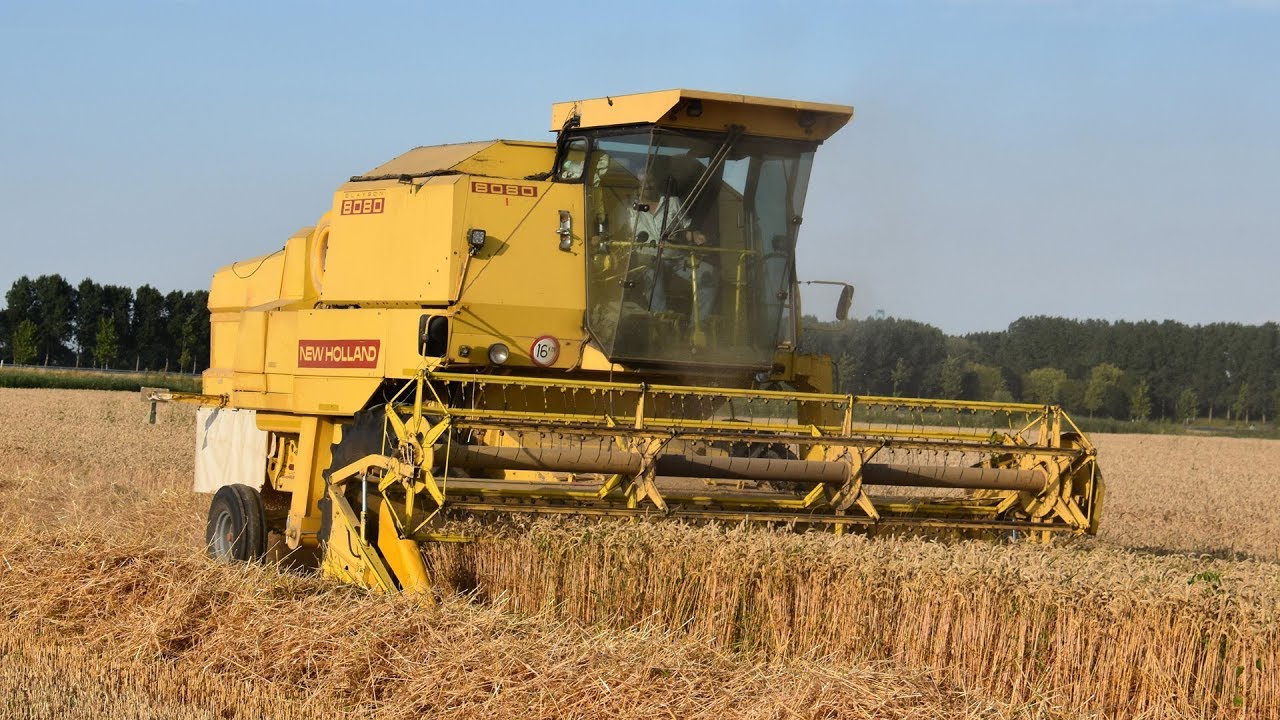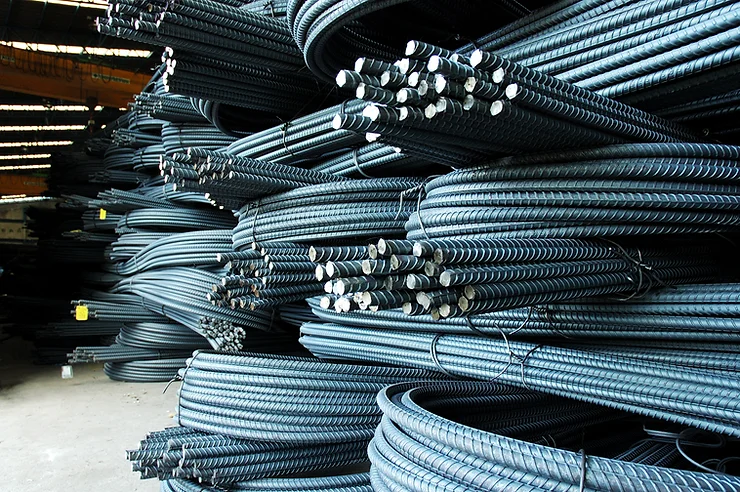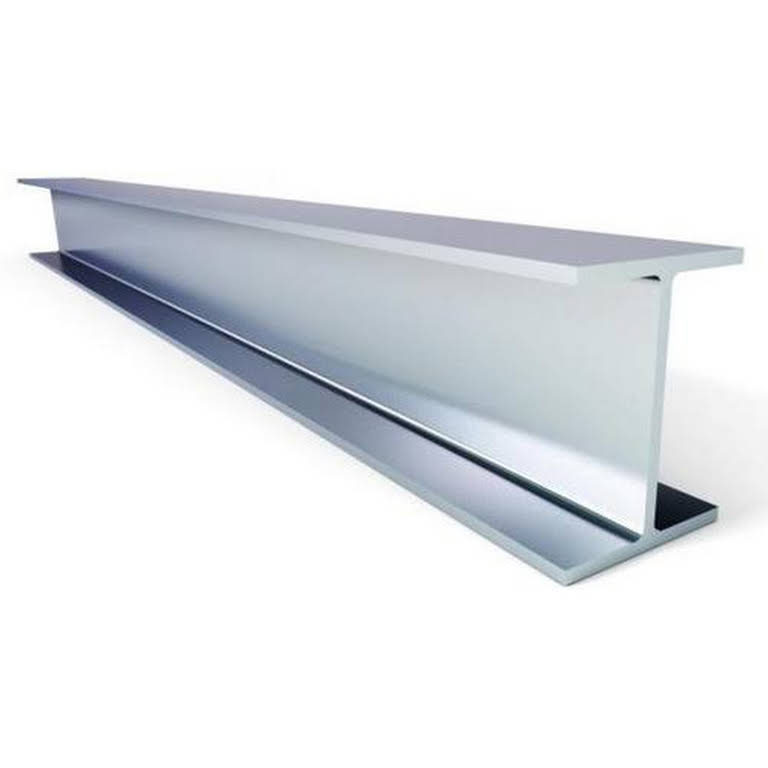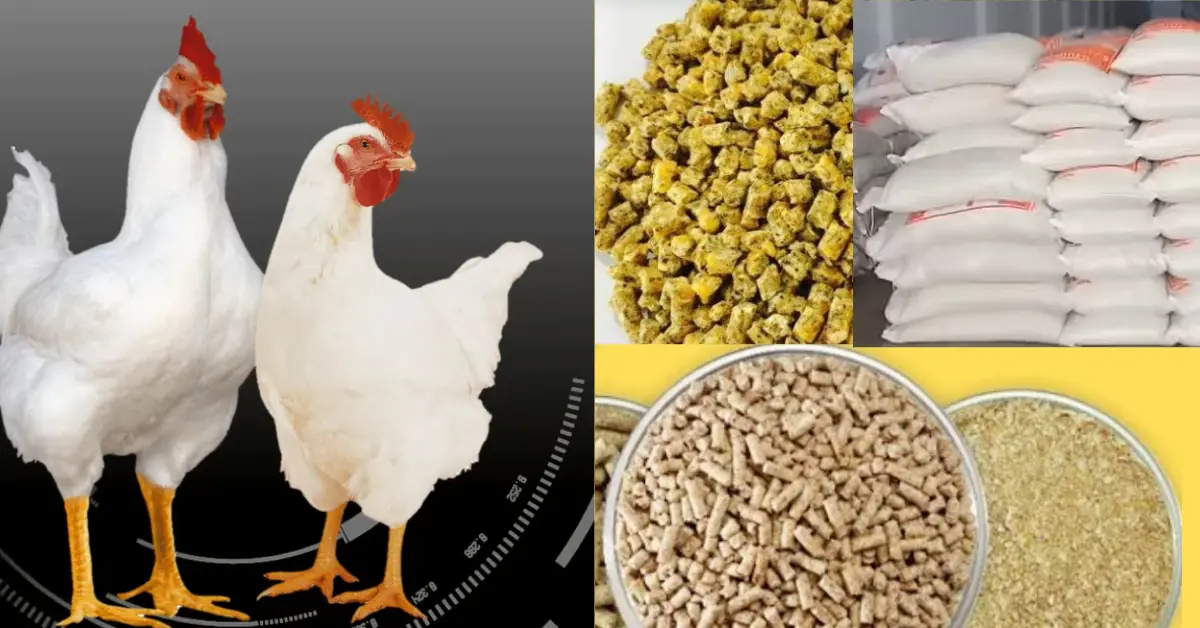Fertilizers, substances rich in essential nutrients, play a critical role in boosting crop yields and ensuring healthy plant growth. In recent years, fertilizer prices in Pakistan have seen a steady increase. We provide the latest fertilizer prices sourced from the 2024-2025 federal budget, helping farmers make informed decisions.
Fertilizers, substances rich in essential nutrients, play a critical role in boosting crop yields and ensuring healthy plant growth. In recent years, fertilizer prices in Pakistan have seen a steady increase. We will give the latest fertilizer prices sourced from the 2024-2025 federal budget, helping farmers make informed decisions.
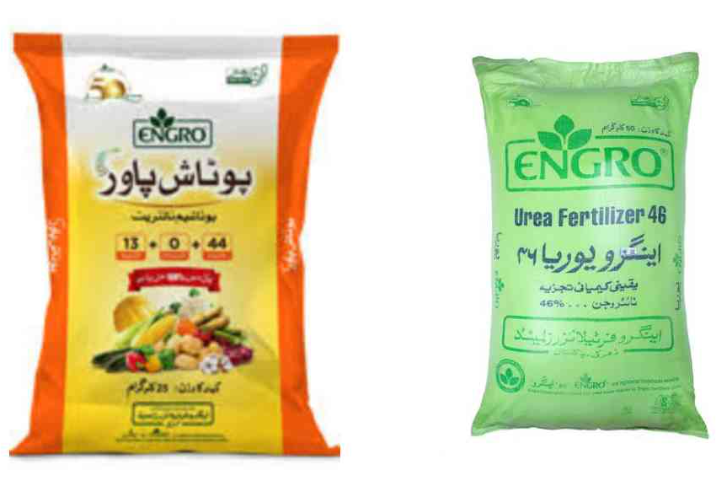
Fertilizer Prices in Pakistan 2024-25
| Fertilizer / Khad | Average Price per 50 KG Bag |
| SOP Granular | Rs. 11,570 |
| DAP – Sarsabz | Rs. 12,000 to 12,910 |
| NPK | Rs. 8,000 – 8,100 |
| Sarsabz NP | Rs. 9,370 |
| Sarsabz CAN-G | Rs. 2,120 |
| Sarsabz CAN-F | Rs. 2,099 |
| Sona Zinc Granular (3 KG pack) | Rs. 2,250 |
| Urea – Sarsabz or Sona | Rs. 2,440 – 2,876 |
| SSP | Rs. 2,000 to 2,500 |
| Sona Boran (3 KG pack) | Rs. 950 |
| MOP – FFC | Rs. 11,900 – 12,100 |
| Efert. Agritrade Zorawar | Rs. 12,175 |
| DAP (Sona, Pakarab or FFC) | Rs. 12,000 – 13,000 |
| SOP Granular- FFC | Rs. 15,500 – 16,590 |
Factors Affecting Fertilizer Prices in Pakistan
Multiple factors influence fertilizer prices in Pakistan:
- International Market Fluctuations: Pakistan heavily relies on fertilizer imports from countries like China and Saudi Arabia. Changes in the global market prices directly impact domestic fertilizer costs.
- Natural Gas Availability: Natural gas is a crucial raw material for fertilizer production. Disruptions in natural gas supply chains impact production costs, ultimately affecting fertilizer prices in the market.
- Government Policies: Government taxes, subsidies, and other policies play a significant role in determining the final fertilizer prices for consumers.
The Role of Subsidies in Fertilizer Costs
The Pakistani government offers subsidies, especially to small-scale farmers, to mitigate the rising costs of fertilizers and support the agricultural sector. However, ensuring transparency and preventing exploitation within the subsidy system is critical for achieving the intended benefits.

